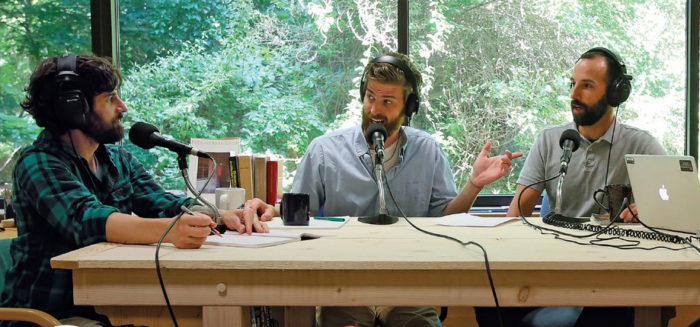
Image Credit: Fine Homebuilding
My fellow editors at Fine Homebuilding — Justin Fink, Rob Yagid, and Brian Pontolilo — have been hosting a weekly podcast for several months. They recently invited me to join them in a sound studio at the Fine Homebuilding office to record a conversation on a variety of building science topics.
This week, I’m taking a break from my usual blog-writing schedule, substituting a two-part podcast recording. Click on one of the green triangles to start listening.
Here’s Part 1:
Here’s Part 2:
RELATED PODCASTS
Green Architects’ Lounge: An Interview With Martin Holladay, Part 1Green Architects’ Lounge: An Interview With Martin Holladay, Part 2House Planning Help Podcast: Interview with Martin Holladay
Articles mentioned in Part 1 of the podcast include:
Articles mentioned in Part 2 of the podcast include:
Martin Holladay’s previous blog: “Bill Rose’s Building Science To-Do List.”
Click here to follow Martin Holladay on Twitter.
Weekly Newsletter
Get building science and energy efficiency advice, plus special offers, in your inbox.





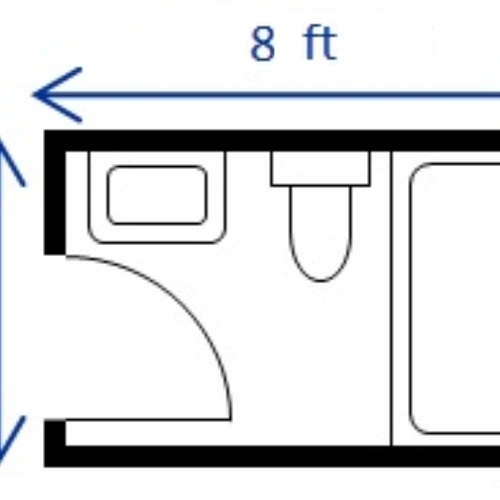
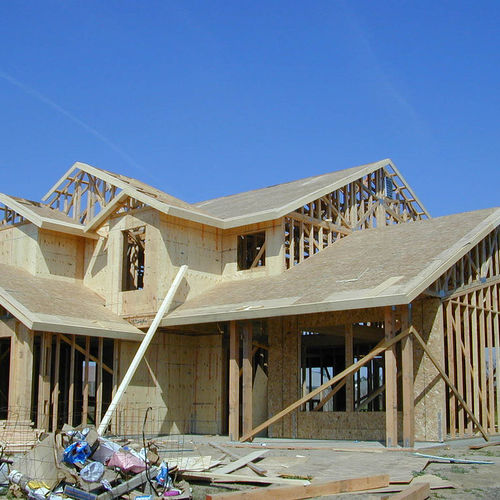
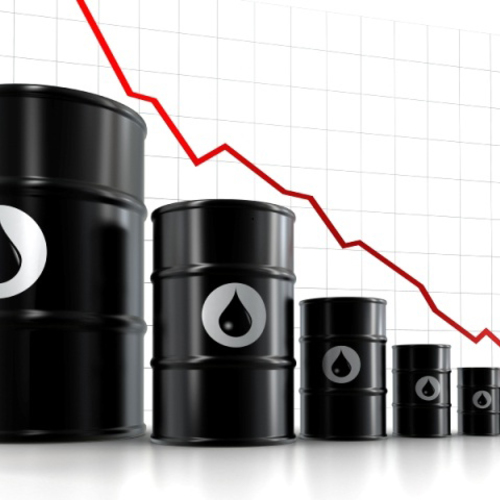
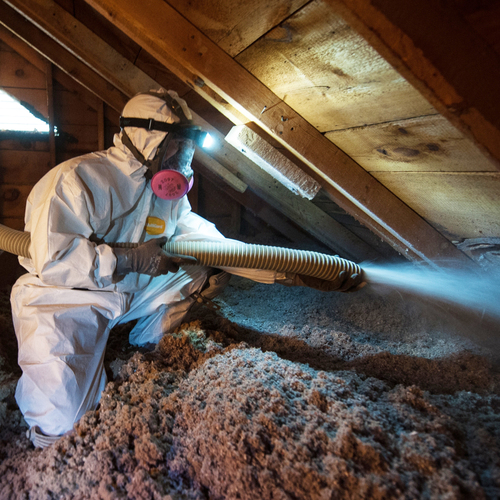






12 Comments
A couple of points...
Great podcast guys, thank you. There are two points I would like to make. One, the idea that the greenest house is the one is never built and we should fix old homes first may not be always true.
If I want to have a 1ACH40, HERS40 house from a 1970s house (worse if older) it would be so extremely expensive to retrofit by the time you deal with foundation, drainage, structural, moisture, HVAC, electrical and so many other issues, that it would be easier to tear down and start from scratch. This is happening in many cities across the country, at least in my neck of the woods in TX.
Second, peel & stick membranes on roof assemblies over rigid foam make sense. The rigid foam is a closed cell foam and is not allowing the assemblies to dry to the outside and all the drying is to the inside; so why not cover the entire roof to the edges of the fascia boards with P&S membrane like a glove, and have a better watertight assembly.
Response to Armando Cobo
Armando,
I may have been misunderstood. I agree with you that it sometimes makes more sense to spend $250,000 to build a new house rather than spending $200,000 to retrofit an old house.
I was not advocating either path.
I was just pointing out that if we want to reduce our CO2 emissions, we need to burn less fossil fuel. In some cases, the best way to do that might be to bicycle to work (or take the bus) instead of driving our car to work. The point is to consume a little bit less every year than we did the year before.
-- Martin Holladay
Bike to work
Alas, biking to work isn't practical for most builders. I suspect that many major energy retrofit projects' energy savings would go negative if we accounted for the gallons of gas consumed by a handful of pickup trucks driving to the site daily.
Here's a picture of a builder trying to bike to work.
In any case I enjoyed both podcast episodes and I recommend them for GBA readers--even if most of the advice contained is well known to regulars here, this puts it in a new context, and it was also interesting to hear Martin's short autobiography in the first episode.
Response to Charlie Sullivan
Charlie,
Taking personal responsibility for addressing climate change is hard. Biking is hard to do if you are the only one in your town, office, or school doing it. It's easier to do when we have good bike lanes, good bike racks, and showers at work.
I'm not proud of my own behavior when it comes to lowering my personal CO2 emissions. As I said, it's hard. We need collective action -- including hefty carbon taxes (with the tax money used for projects that reduce CO2 emissions) -- as well as regular looks in the mirror.
-- Martin Holladay
embodied energy from crew transportation
We actually tried to quantify the portion of a retrofit project's embodied energy that's represented by getting the crew to the job site in the morning and back home at the end of the day. We looked at a deep energy retrofit and at a much simpler attic retrofit, both in metropolitan Boston where our projects are mostly in the inner suburbs and the crew mostly lives in outer suburbs. In both cases crew transportation was 25% to 33% of the total embodied energy of the project. In both cases, though, the total energy spent on the retrofit was "paid off" in savings in 2-3 years.
I don't think anyone should extrapolate or draw conclusions from just two projects, but at least they provide some order-of-magnitude perspective.
Great addition to the blog Martin
I can't disagree with your comment regarding renovation of existing structures if reducing emissions is your goal.
It's a shame that DER's are just too damn expensive to make the cash flows work (I just finished reading a DER post from 2014). IMO economics and building code changes are going to push more and more people into denser housing (5 or more units).
In my county (Cobb, Georgia) for the past 10 years the vast majority of new construction has been tract built townhome/condo with a smattering of single family (gaps of ~10 ft or less between houses).
.
Response to John Clark
John,
You might want to read my comment above (Comment #2). In my podcast comments, I wasn't advocating renovation of existing buildings. ( I certainly wasn't advocating renovation measures that aren't cost-effective.)
I was trying to say that efforts to address climate change need to focus measures that reduce CO2 emissions quickly. Anyone who is concerned about this issue should consider lifestyle changes that result in reductions in fuel consumption.
@Martin. Understood. btw..they should have you on more
often.
More often
It's pretty clear that the Fine Homebuilding folks would like to have Martin there as often as they can--their standard answer to listener questions on building science is to wish that Martin was there to give a better answer than they can. Perhaps they can patch Martin in via satellite telephone when he's not able to be there in person.
I think Dana lives closer to their office than Martin does--maybe Dana can be convinced to appear as a guest now and then. Or Peter Yost, or if Malcolm even gets to the east coast...
Charlie
It was kind of you to include my name on that list, but my understanding of building science is patchy at best. If I have any particular strength it is my experience in conventional construction and how things typically get done.
Malcolm
I didn't mean to list you as a building-science expert--just as someone whose experience, wisdom, and wit would be appreciated. That said, I do think of you as someone who gets building science right.
Impact of new construction v. renovation
The energy consumption and climate change impact of housing is not reduced by increasing the number of good houses, but rather by reducing the number of bad houses. Adding a good house is less damaging than adding a bad house, but it still net damage. Of all the decisions we made in the course of building our new house, the decision that had the highest negative impact was the decision to sell our existing leaky, poorly-insulated house to someone that wasn't likely to address its shortcomings. Had we chosen to renovate that house, we would have reduced the number of bad houses by one.
Log in or create an account to post a comment.
Sign up Log in